Everything you need to know before you book an expedition cruise
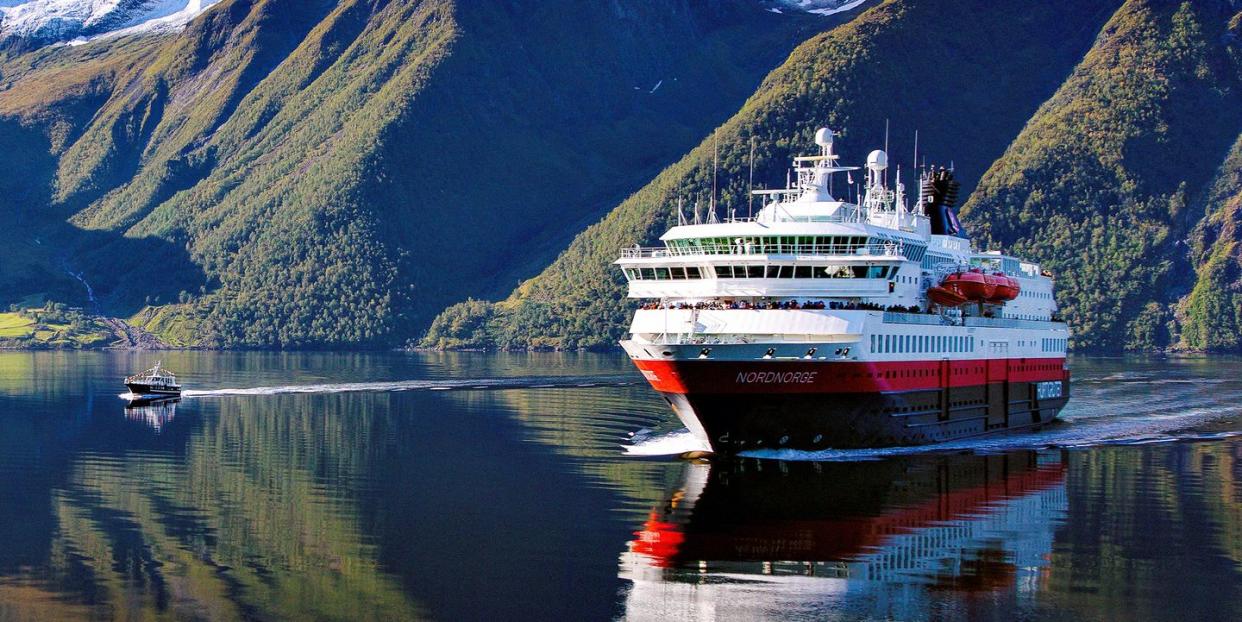
If you’re someone with a healthy sense of adventure, a love of wildlife, and an insatiable curiosity for learning more about the world, then an expedition cruise might be the cruise holiday for you.
CRUISE THE BRITISH ISLES WITH GH
The focus of expedition cruising is spending time in the great outdoors, exploring the world's wild and hard-to-reach locations, and admiring its untamed landscapes.
However, this isn’t an expedition where you hunker down in tiny tents in the snow, or spend all day in a lab analysing findings. Those kinds of expeditions are best left to the experts.
On an expedition cruise, there are expert scientists travelling with you. They're about balancing education and adventure with comfort, allowing people with an interest in science and nature to discover incredible parts of the world without intensive training.
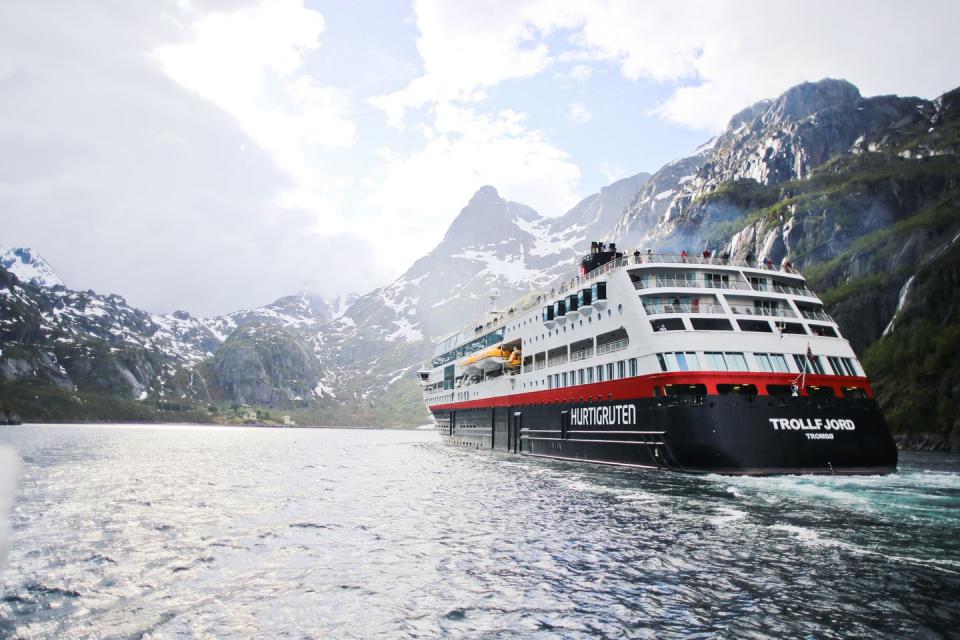
Take Good Housekeeping's cruise to Antarctica with Hurtigruten on the stylish, custom-built MS Fridtjof Nansen, for example. This ship is specially designed for exploring polar waters, with all the equipment you need for days out on the ice. You will also find comfortable spaces on board, so after a long day's exploring you can return to sleep in cosy cabins with elegant Scandinavian-style interiors.
The nature of expedition cruises is that they often take you to far-flung corners of the world, sometimes to places that are hard to reach by plane or on a regular cruise. With this in mind, it's understandable that they can seem intimidating to first-timers.
That's why we spoke to Tudor Morgan, Vice President of Sustainability and Industry Relations at expedition cruise specialist Hurtigruten about what you can expect.
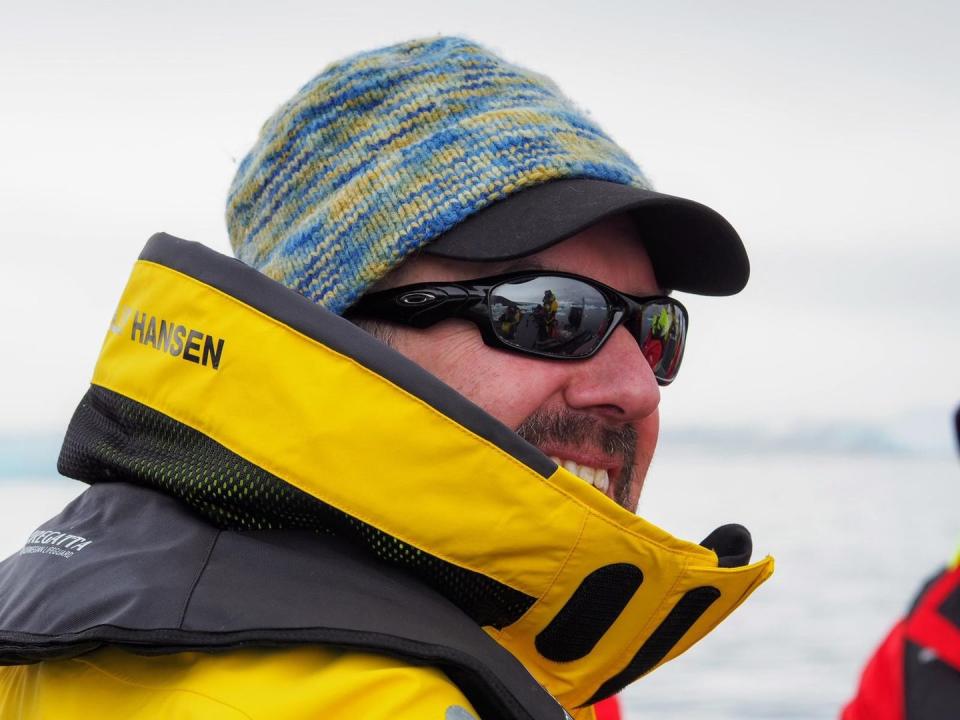
What makes an expedition cruise different from a regular cruise?
One of the key aspects that differentiates an expedition cruise from other types of cruise is that you’ll be travelling with a team of experts.
Tudor stresses how central these experts are to the experience: "The team is what really sets expedition sailing apart from other types of cruise. They're on-hand to organise and accompany activities on board and ashore, and deliver in-depth lectures on a variety of topics."
For example, on a cruise to Norway's arctic circle you'll be accompanied by scientists and experts, who'll host in-depth lectures and discussions to broaden your understanding of the natural phenomena you'll witness, like the aurora borealis and Norway's Polar Night.
While regular cruises might take you to busy cities or resort towns with beautiful yet well-trodden beaches, expedition cruises almost always focus on less-explored destinations and dramatic natural landscapes. They appeal to those who want to learn more about the places they're visiting. This is where the expert team really helps.

Rather than having free time to explore as you may do on a regular cruise, expedition voyages are more about guided excursions in the hands of experts, with a focus on education and exploration.
AN ANTARCTICA EXPEDITION CRUISE
The expedition team are often conducting research while on board and guests are able to get involved.
"There are many ways for you to get immersed in the destination, whether by studying the phytoplankton through a microscope or eating local produce and delicious food," Tudor explains.
On Hurtigruten's expedition cruises, you’ll also be joined by a professional photographer, who can help you capture the best photos of the incredible wildlife and landscapes you will see. Budding photographers will be in their element on a Norwegian Northern Lights cruise, where the resident photographers can help you capture the magic of the aurora borealis and the Polar Night.
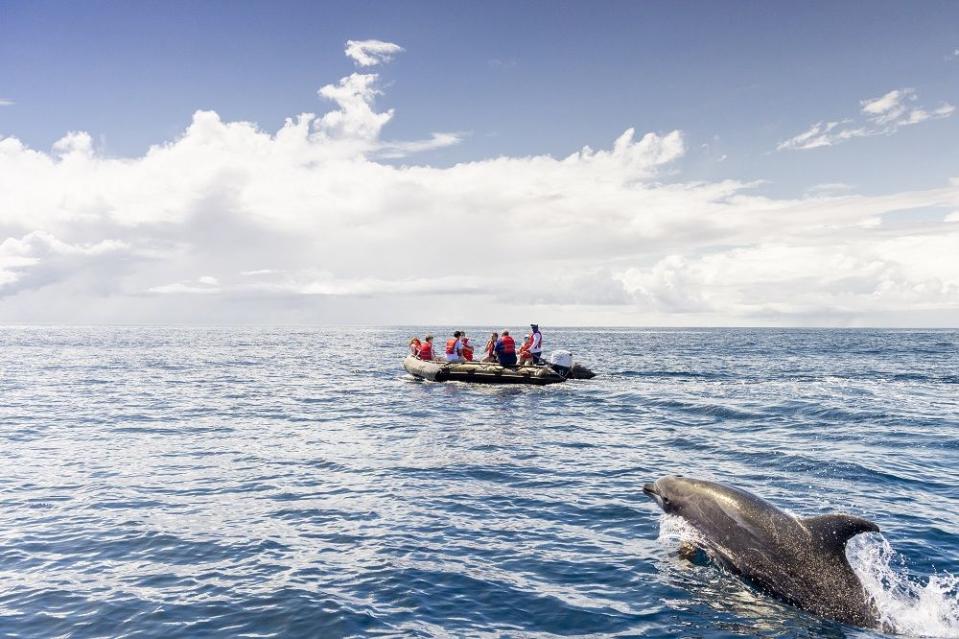
How do expedition ships differ from regular cruise ships?
One of the most immediately noticeable differences between expedition ships and regular cruise liners is the size. The average capacity of a cruise liner is 3,000 guests, with some carrying as many as 6,000 people.
This isn't the case on an expedition ship, where you'll find a far more intimate environment. An expedition ship, like other small ship cruises, could have a guest capacity of around 100 or 500.
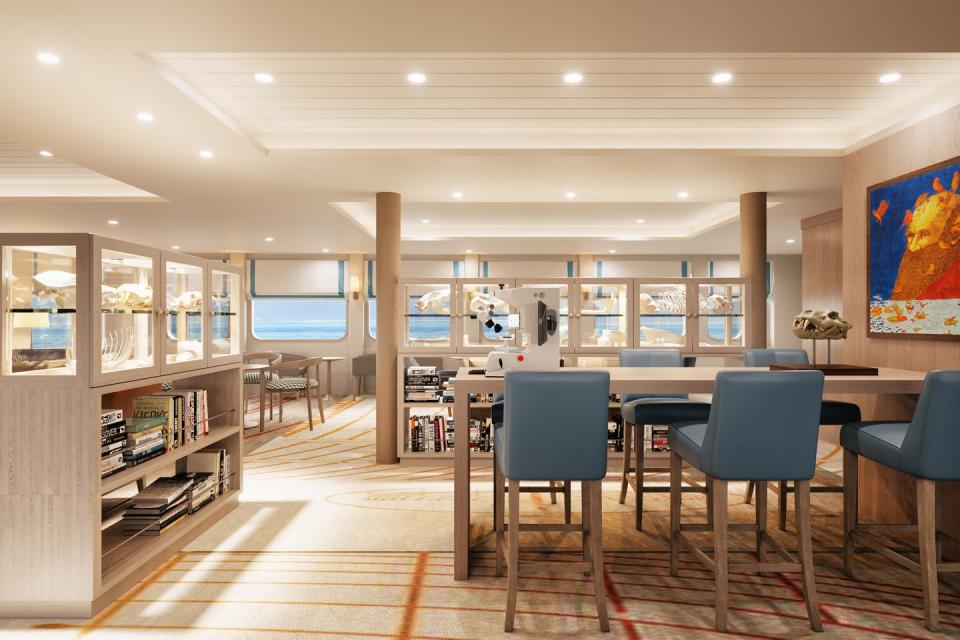
Tudor says that one of the biggest surprises for travellers joining their first expedition cruise is how informal and friendly the atmosphere is on board: "Life is great on board. It’s a home from home."
"We do not have a dress code, casino, or big entertainment venue. The destination is the star of our voyages, and our relaxing and comfortable cabins and public spaces ensure you make the most of it."
These specialist ships focus on facilities that enhance your experience of the destinations you’re visiting. On Good Housekeeping's expedition cruise around the Falkland Islands and Antarctica with Hurtigruten you'll sail on MS Roald Amundsen. With a maximum capacity of just 530 guests, this vessel is specially constructed for voyages in polar waters and serves as a comfortable base camp at sea.

Instead of large bars and entertainment venues, you'll find three stylish yet relaxed restaurants, a fitness centre, a sauna, and a two-level indoor and outdoor observation deck, the ideal spot to watch for wildlife with your binoculars.
CRUISE ANTARCTICA AND THE FALKLANDS WITH GH
Do you have to be in good shape to take an expedition cruise?
With a host of shore excursions on rugged islands, you might think you need to be as fit as Bear Grylls to consider an expedition cruise. This is not necessarily true, says Tudor, stressing that all excursions are optional.
"We aim to cater for all types of guests on our cruises. If you took part in all our daily activities then you'd be exhausted and really need a holiday after the trip, so we ask everyone to assess what they are happy doing.
"Those that want to be super active can be, whilst if you want to sit back and take it all in from the observation deck, that's also fine."
You'll need to be comfortable walking on uneven surfaces and embarking and disembarking the small inflatable vessels that take you to shore. But you can opt in and opt out of activities, curating your own trip to be as adventurous as you like, depending on your fitness and energy levels.
And you might be surprised by how much opportunity there is for relaxing in between excursions. On MS Roald Amundsen, the ship on Good Housekeeping's Antarctic and Falklands expedition cruise, you’ll find a fully equipped wellness centre, where you can indulge in a range of treatments.
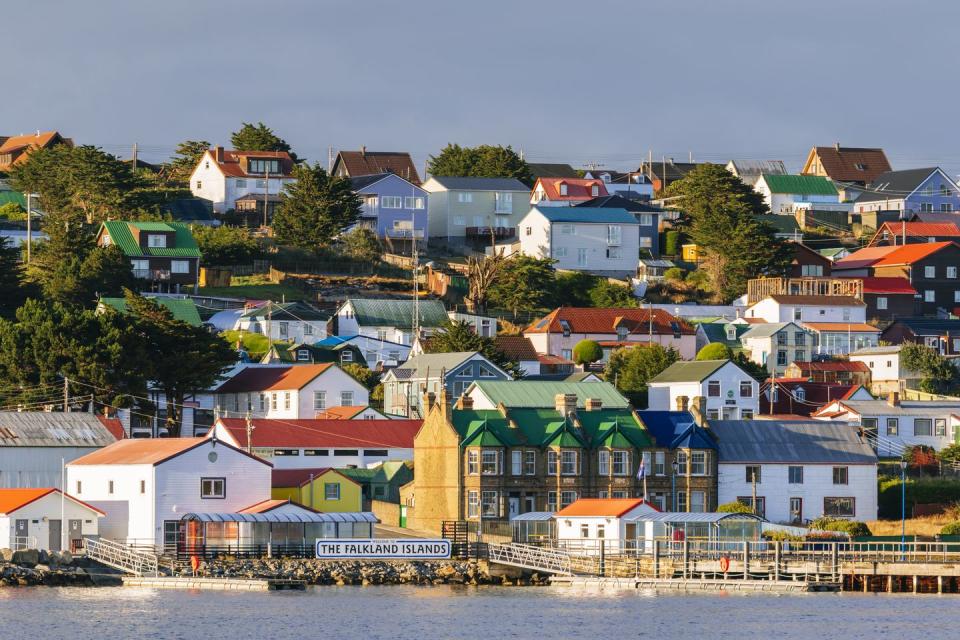
There are also hot tubs, a panoramic sauna, and an infinity pool on the deck, where you can unwind and watch astonishing vistas pass you by.
As nice as it is to kick back, there’s plenty more to do on board. Along with shore excursions, there are more relaxed activities throughout the day like lectures, painting, photography, navigation, and science workshops.
What should you pack for an expedition cruise?
The expedition team will also make sure you’re well prepared before you even step on board, so that once you’re at sea you can focus on the adventures ahead.
"Before joining, we provide guests with a 'what to pack' guide with advice on the essentials, depending on your destination," says Tudor.
From making sure guests bring plenty of layers to sun protection and binoculars, he says guests get all the information before departure.

Obviously, tips on what to bring will vary depending on where you go, but there are a few things that are recommended on any trip, like a memory card with a large capacity — you're going to see a lot of things worth photographing.
You'll also want to bring your swimwear, even if you're travelling to icy waters, as many expedition ships have heated pools, on-deck whirlpools, and saunas. Another insider tip is to remember batteries don't last as long in colder climates, so it's worth packing extra for your camera and other devices if you're planning an icy adventure.
There are some things you won't need to bring, as they're provided on board. With Hurtigruten, you receive a wind and water-resistant parka on almost all expeditions and rubber boots are provided, at no extra cost.
Are expedition cruises sustainable?
People who join expedition cruises are normally inspired by a deep curiosity and love for nature and wildlife, so making sure that their expedition is as environmentally friendly and ethical as possible is a priority.
"Although everything we do in life has an impact, we take our footprint seriously, so sustainability is at the core of everything we do, so we can make sure we leave a footprint we are proud of," says Tudor.
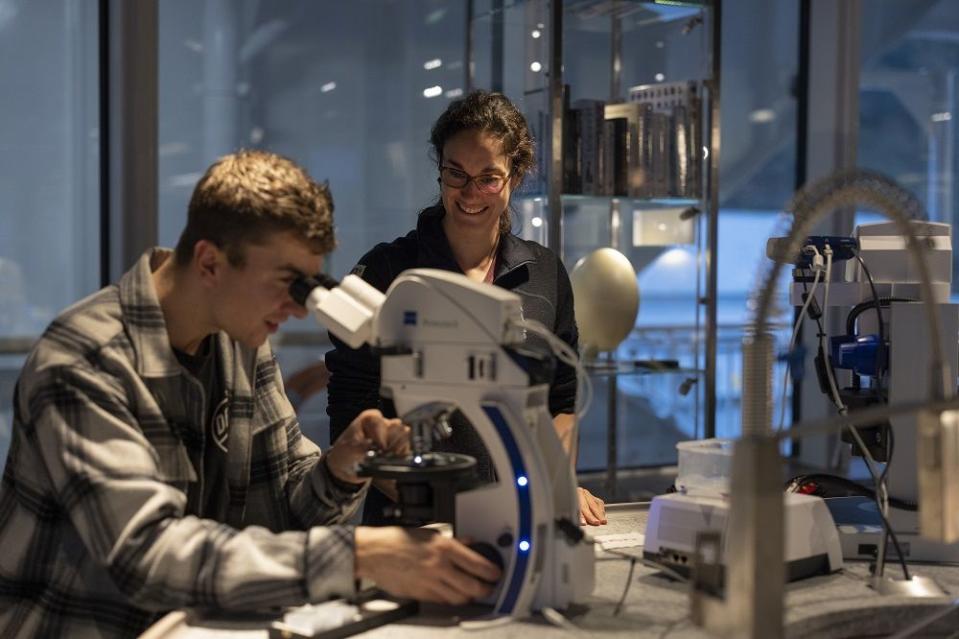
During Good Housekeeping's cruise to Antarctica and the Falklands with Hurtigruten, you'll be able to learn more about the White Continent by joining lectures in the dedicated onboard Science Centre.
Where can you go on an expedition cruise?
Expedition cruises take you to locations all over the world, from Antarctica to South America and the Galapagos Islands. It's all about deep explorations of the natural world, so don't expect much time in cities (although some cruises, like an expedition to Antarctica, begin and end with days in Buenos Aires, so you can get a last taste of city life before heading into the wild).
In general, expedition cruises are all about exploring the fascinating flora, fauna, and geology of our planet, so the majority head for locations with spectacular natural landscapes, geological features, and captivating wildlife.
You'll often find expedition cruises take you far from home, but that's not always the case. There are plenty of wild and untamed landscapes to explore in Europe, with Iceland and Norway's rugged coastline and fjords being popular choices.
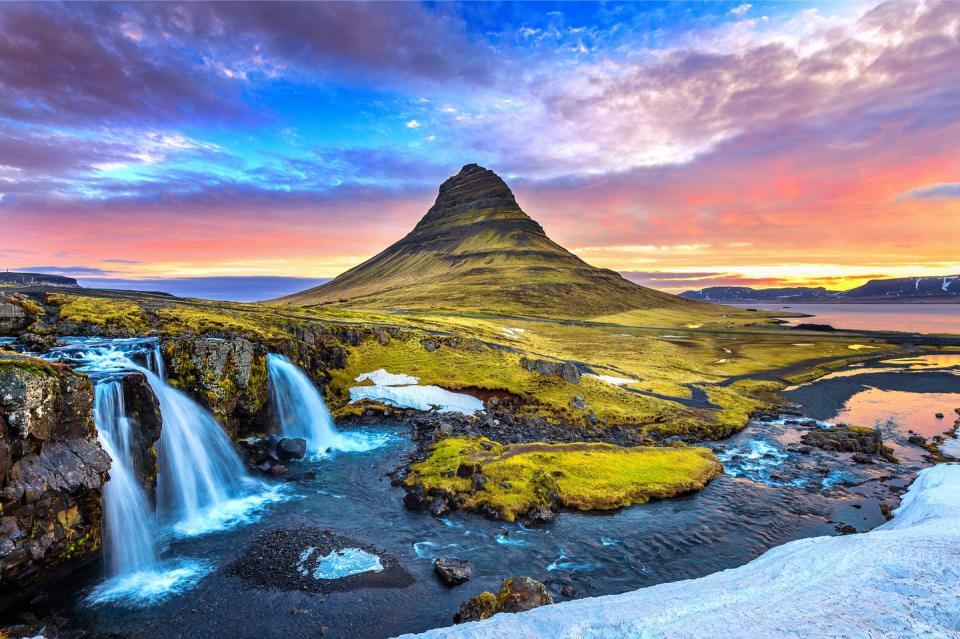
You can even explore the British Isles on an expedition cruise with Good Housekeeping and Hurtigruten this summer, encountering Norman castles and Viking ruins as you explore the rugged Celtic coast, from the Isle of Man to Devon.
Another expedition close to home is an island-hopping adventure around some of Scotland's stunning Hebrides in spring 2023 and 2024. You'll visit the tiny, rugged archipelago of St Kilda, once home to Britain's most remote island community and now a dual UNESCO World Heritage Site.
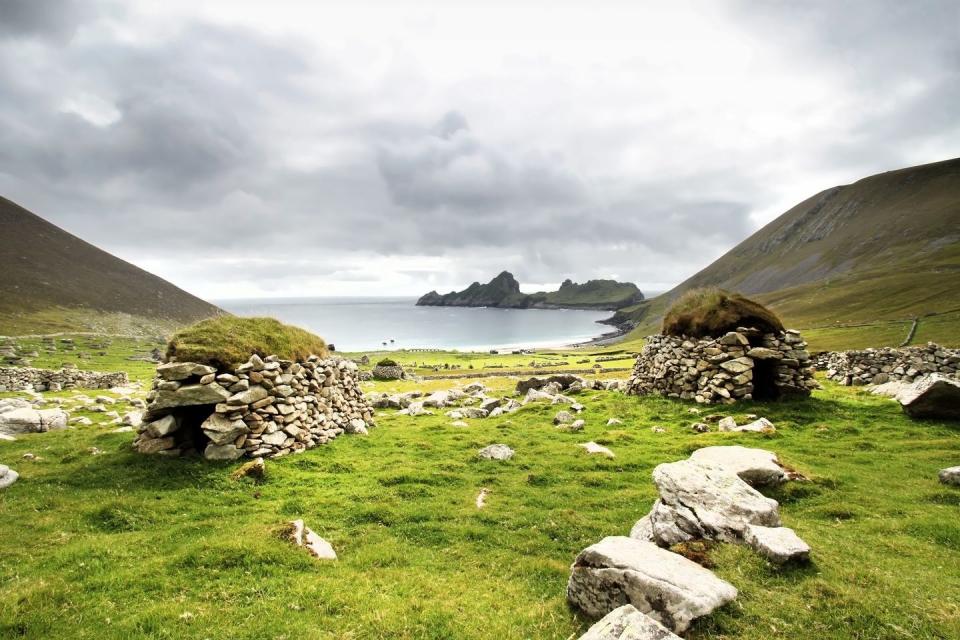
Of course, some of the most memorable parts of any expedition cruise are the shore excursions, where you get to step off the boat in hard-to-reach places.
If you've always wanted to explore more of the natural planet, an expedition cruise offers a safe and comfortable way to embrace your adventurous side. And if you're considering your first expedition cruise, you most likely won't be the only first-timer on your ship.
"We see a real mixture of new and existing guests joining us on our sailings," says Tudor. "Some guests are completely new to expedition cruising and some have travelled with us on sailings for years and want to explore new destinations."
Whether you're a first-timer or a seasoned adventurer, with a little planning and preparation, an expedition cruise can be an unforgettable holiday.
TRY AN ANTARCTICA EXPEDITION CRUISE
TRY A HEBRIDES EXPEDITION CRUISE
TRY A FALKLANDS EXPEDITION CRUISE
TRY A NORTHERN LIGHTS EXPEDITION CRUISE
You Might Also Like


